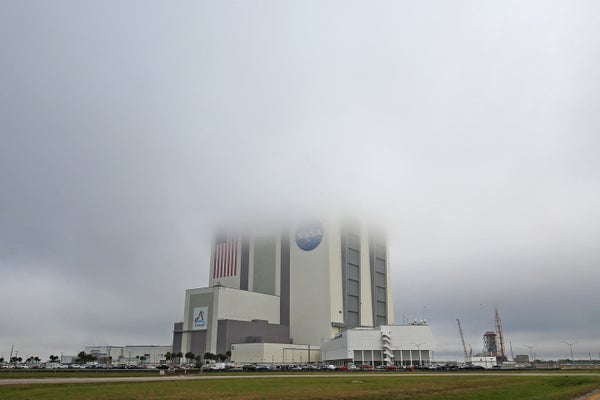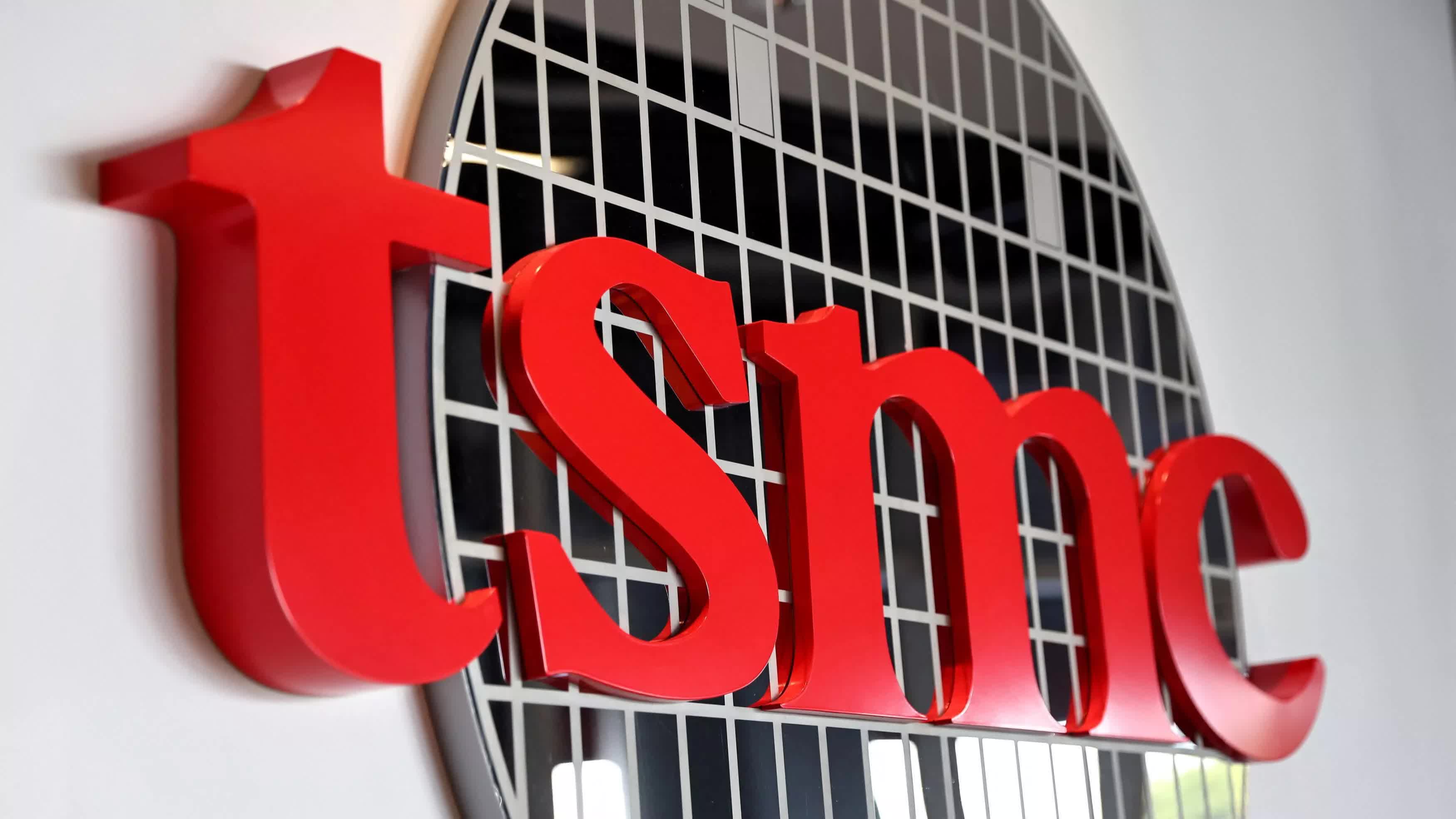Hungry Bacteria Hunt Their Neighbors With Tiny, Poison-Tipped Harpoons
Starving bacteriause a microscopic harpoon—called the Type VI secretion system—to stab and kill neighboring cells. The prey burst, turning spherical and leaking nutrients, which the killers then use to survive and grow.NewsletterSign up for our email newsletter for the latest science newsBacteria are bad neighbors. And we’re not talking noisy, never-take-out-the-trash bad neighbors. We’re talking has-a-harpoon-gun-and-points-it-at-you bad neighbors. According to a new study in Science, some bacteria hunt nearby bacterial species when they’re hungry. Using a special weapon system called the Type VI Secretion System, these bacteria shoot, spill, and then absorb the nutrients from the microbes they harpoon. “The punchline is: When things get tough, you eat your neighbors,” said Glen D’Souza, a study author and an assistant professor at Arizona State University, according to a press release. “We’ve known bacteria kill each other, that’s textbook. But what we’re seeing is that it’s not just important that the bacteria have weapons to kill, but they are controlling when they use those weapons specifically for situations to eat others where they can’t grow themselves.” According to the study authors, the research doesn’t just have implications for bacterial neighborhoods; it also has implications for human health and medicine. By harnessing these bacterial weapons, it may be possible to build better targeted antibiotics, designed to overcome antibiotic resistance. Ruthless Bacteria Use HarpoonsResearchers have long known that some bacteria can be ruthless, using weapons like the T6SS to clear out their competition. A nasty tool, the T6SS is essentially a tiny harpoon gun with a poison-tipped needle. When a bacterium shoots the weapon into another bacterium from a separate species, the needle pierces the microbe without killing it. Then, it injects toxins into the microbe that cause its internal nutrients to spill out.Up until now, researchers thought that this weapon helped bacteria eliminate their competition for space and for food, but after watching bacteria use the T6SS to attack their neighbors when food was scarce, the study authors concluded that these tiny harpooners use the weapon not only to remove rivals, but also to consume their competitors’ leaked nutrients.“Watching these cells in action really drives home how resourceful bacteria can be,” said Astrid Stubbusch, another study author and a researcher who worked on the study while at ETH Zurich, according to the press release. “By slowly releasing nutrients from their neighbors, they maximize their nutrient harvesting when every molecule counts.” Absorbing Food From NeighborsTo show that the bacteria used this system to eat when there was no food around, the study authors compared their attacks in both nutrient-rich and nutrient-poor environments. When supplied with ample resources, the bacteria used their harpoons to kill their neighbors quickly, with the released nutrients leaking out and dissolving immediately. But when resources were few and far between, they used their harpoons to kill their neighbors slowly, with the nutrients seeping out and sticking around. “This difference in dissolution time could mean that the killer cells load their spears with different toxins,” D’Souza said in another press release. While one toxin could eliminate the competition for space and for food when nutrients are available, another could create a food source, allowing bacteria to “absorb as many nutrients as possible” when sustenance is in short supply.Because of all this, this weapon system is more than ruthless; it’s also smart, and important to some species’ survival. When genetically unedited T6SS bacteria were put in an environment without food, they survived on spilled nutrients. But when genetically edited T6SS bacteria were placed in a similar environment, they died, because their ability to find food in their neighbors had been “turned off.”Harnessing Bacterial HarpoonsAccording to the study authors, the T6SS system is widely used by bacteria, both in and outside the lab. “It’s present in many different environments,” D’Souza said in one of the press releases. “It’s operational and happening in nature, from the oceans to the human gut.” The study authors add that their research could change the way we think about bacteria and could help in our fight against antibiotic resistance. In fact, the T6SS could one day serve as a foundation for targeted drug delivery systems, which could mitigate the development of broader bacterial resistance to antibiotics. But before that can happen, however, researchers have to learn more about bacterial harpoons, and about when and how bacteria use them, both to beat and eat their neighbors.Article SourcesOur writers at Discovermagazine.com use peer-reviewed studies and high-quality sources for our articles, and our editors review for scientific accuracy and editorial standards. Review the sources used below for this article:Sam Walters is a journalist covering archaeology, paleontology, ecology, and evolution for Discover, along with an assortment of other topics. Before joining the Discover team as an assistant editor in 2022, Sam studied journalism at Northwestern University in Evanston, Illinois.1 free article leftWant More? Get unlimited access for as low as /monthSubscribeAlready a subscriber?Register or Log In1 free articleSubscribeWant more?Keep reading for as low as !SubscribeAlready a subscriber?Register or Log In
#hungry #bacteria #hunt #their #neighbors
Hungry Bacteria Hunt Their Neighbors With Tiny, Poison-Tipped Harpoons
Starving bacteriause a microscopic harpoon—called the Type VI secretion system—to stab and kill neighboring cells. The prey burst, turning spherical and leaking nutrients, which the killers then use to survive and grow.NewsletterSign up for our email newsletter for the latest science newsBacteria are bad neighbors. And we’re not talking noisy, never-take-out-the-trash bad neighbors. We’re talking has-a-harpoon-gun-and-points-it-at-you bad neighbors. According to a new study in Science, some bacteria hunt nearby bacterial species when they’re hungry. Using a special weapon system called the Type VI Secretion System, these bacteria shoot, spill, and then absorb the nutrients from the microbes they harpoon. “The punchline is: When things get tough, you eat your neighbors,” said Glen D’Souza, a study author and an assistant professor at Arizona State University, according to a press release. “We’ve known bacteria kill each other, that’s textbook. But what we’re seeing is that it’s not just important that the bacteria have weapons to kill, but they are controlling when they use those weapons specifically for situations to eat others where they can’t grow themselves.” According to the study authors, the research doesn’t just have implications for bacterial neighborhoods; it also has implications for human health and medicine. By harnessing these bacterial weapons, it may be possible to build better targeted antibiotics, designed to overcome antibiotic resistance. Ruthless Bacteria Use HarpoonsResearchers have long known that some bacteria can be ruthless, using weapons like the T6SS to clear out their competition. A nasty tool, the T6SS is essentially a tiny harpoon gun with a poison-tipped needle. When a bacterium shoots the weapon into another bacterium from a separate species, the needle pierces the microbe without killing it. Then, it injects toxins into the microbe that cause its internal nutrients to spill out.Up until now, researchers thought that this weapon helped bacteria eliminate their competition for space and for food, but after watching bacteria use the T6SS to attack their neighbors when food was scarce, the study authors concluded that these tiny harpooners use the weapon not only to remove rivals, but also to consume their competitors’ leaked nutrients.“Watching these cells in action really drives home how resourceful bacteria can be,” said Astrid Stubbusch, another study author and a researcher who worked on the study while at ETH Zurich, according to the press release. “By slowly releasing nutrients from their neighbors, they maximize their nutrient harvesting when every molecule counts.” Absorbing Food From NeighborsTo show that the bacteria used this system to eat when there was no food around, the study authors compared their attacks in both nutrient-rich and nutrient-poor environments. When supplied with ample resources, the bacteria used their harpoons to kill their neighbors quickly, with the released nutrients leaking out and dissolving immediately. But when resources were few and far between, they used their harpoons to kill their neighbors slowly, with the nutrients seeping out and sticking around. “This difference in dissolution time could mean that the killer cells load their spears with different toxins,” D’Souza said in another press release. While one toxin could eliminate the competition for space and for food when nutrients are available, another could create a food source, allowing bacteria to “absorb as many nutrients as possible” when sustenance is in short supply.Because of all this, this weapon system is more than ruthless; it’s also smart, and important to some species’ survival. When genetically unedited T6SS bacteria were put in an environment without food, they survived on spilled nutrients. But when genetically edited T6SS bacteria were placed in a similar environment, they died, because their ability to find food in their neighbors had been “turned off.”Harnessing Bacterial HarpoonsAccording to the study authors, the T6SS system is widely used by bacteria, both in and outside the lab. “It’s present in many different environments,” D’Souza said in one of the press releases. “It’s operational and happening in nature, from the oceans to the human gut.” The study authors add that their research could change the way we think about bacteria and could help in our fight against antibiotic resistance. In fact, the T6SS could one day serve as a foundation for targeted drug delivery systems, which could mitigate the development of broader bacterial resistance to antibiotics. But before that can happen, however, researchers have to learn more about bacterial harpoons, and about when and how bacteria use them, both to beat and eat their neighbors.Article SourcesOur writers at Discovermagazine.com use peer-reviewed studies and high-quality sources for our articles, and our editors review for scientific accuracy and editorial standards. Review the sources used below for this article:Sam Walters is a journalist covering archaeology, paleontology, ecology, and evolution for Discover, along with an assortment of other topics. Before joining the Discover team as an assistant editor in 2022, Sam studied journalism at Northwestern University in Evanston, Illinois.1 free article leftWant More? Get unlimited access for as low as /monthSubscribeAlready a subscriber?Register or Log In1 free articleSubscribeWant more?Keep reading for as low as !SubscribeAlready a subscriber?Register or Log In
#hungry #bacteria #hunt #their #neighbors














